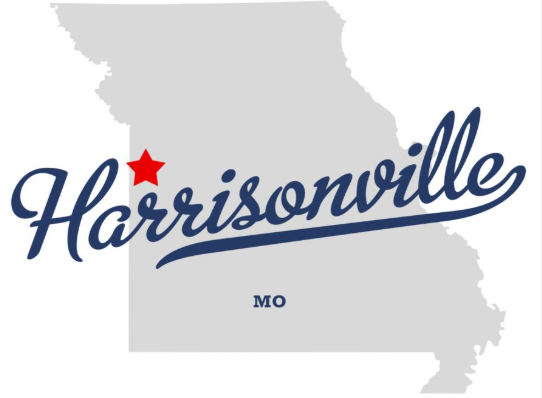What are the Biggest Needs of Rural America?
- Administration

- Feb 16, 2022
- 4 min read

(Columbia, Missouri, February 16, 2022) – Rural America is a term that’s often used to describe areas of the United States. But, what is rural America exactly? Most Americans view rural America as farmland and rolling hills, but there is an actual definition for it. The United States Census Bureau defines rural as, “any population, housing, or territory NOT in an urban area.” This definition means that nearly 60 million Americans—almost 20% of the population—live in rural areas.
While rural areas have been—and continue to be—a key part of our nation, there have been many changes in the last century that have led to problems in rural America. These issues have created difficult circumstances for individuals who live in rural areas. In this article, we’ll explore the biggest needs of rural America.
Problems in Rural America
Rural populations—which made up 40% of the U.S. in 1900—continue to decline as urban populations grow. This shift has left rural areas vulnerable and without access to all of the resources and services they need. This has ultimately contributed to the decline of rural America. Here are some of the main problems facing rural America:
Health Issues - Health issues are one of the main problems that are affecting rural populations. Since rural communities live spread out and away from urban centers, that means there are not always healthcare services accessible nearby. This can lead to individuals skipping preventive healthcare visits and other important appointments, instead only seeking medical attention when something serious occurs.
Specifically, the prevalence of obesity in rural America is significantly higher than in metropolitan areas. Some of the reasons for the increased health issues in rural populations include decreased access to healthcare services, decreased access to healthy foods, decreased exercise due to travel distances and other factors, fewer individuals with health insurance, and more.
Poverty - Another key issue is poverty in rural America. According to the Economic Research Service, the poverty rate in nonmetro areas is over 15%, while it is only around 12% in metro areas. Furthermore, extreme poverty counties are found solely in rural areas. This is due in part to limited employment and educational opportunities.
As the U.S. continues to urbanize, many jobs are moving to cities or even to other countries. That means there are no longer as many factory and manufacturing jobs in rural areas as there once were. This has contributed to increased poverty levels.
Another reason the poverty levels are higher in rural areas is because of a lack of educational opportunities. With fewer educational opportunities, rural citizens are less likely to be qualified for certain jobs, which can factor into unemployment and poverty rates. Additionally, when children grow up in poverty, their educational outcomes are more likely to be negatively impacted.
Limited Transportation - Many of these issues stem from a lack of access to essential services and resources. One of the things that could help reduce or eliminate some of these problems is increased transportation. However, reliable transportation is also one of the issues facing rural communities. Currently, the options are limited, with very few public transportation opportunities available in most areas.
This affects how much individuals—specifically older adults and other people who don’t drive—can get around and travel for things like healthcare visits, job opportunities, education, and more. Even when there are rural transit options, they may not be reliable or able to accommodate the needs of certain populations.
How Rural Transit Services Like OATS Transit Can Help Rural America
One of the biggest needs of rural America is reliable transportation. Many of the issues listed above arise due to limited access to important services and resources. Reliable rural transportation is a key step to helping rural populations.
Depending on the community you live in, there may already be rural transit services available in the particular area. However, these services often include public transportation, which can be inefficient, lack the necessary funding, and can’t accommodate riders with certain disabilities or medical equipment.
One of the solutions is nonprofit rural transit like OATS Transit. We’re a leading specialized transportation agency serving 87 of the 114 counties in Missouri with our fleet of more than 700 mini-buses and minivans. Missouri has over 2 million residents—about 37% of the state—that live in rural areas. We serve thousands of these Missourians, including senior citizens, people with disabilities, and more, regardless of their sex, age, sexual orientation, national origin, color, or religion.
However, while we serve 87 communities in Missouri, we still lack local funding support. 50% of our funding comes from Federal Transit Administration grants, but the remaining 50% must come from local funding sources such as local government agencies, businesses, hospitals, foundations, and social service agencies. Usually, that 50% local funding is what keeps us from providing expanded service to even more rural Missourians. If local agencies can pool their funds together, then we can offer more service and support more rural communities.
If you or someone you know needs help with transportation services, contact us today and we’ll help you get where you need to go safely and reliably! If you’d like to learn more about what we do, find out how to ride, make a donation to support our work, or apply for one of our available driving positions!
“Enhancing quality of life by providing safe, caring & reliable transportation services.”
NonProfitMegaphone
written by Dom Lincoln
February 2022




Comments